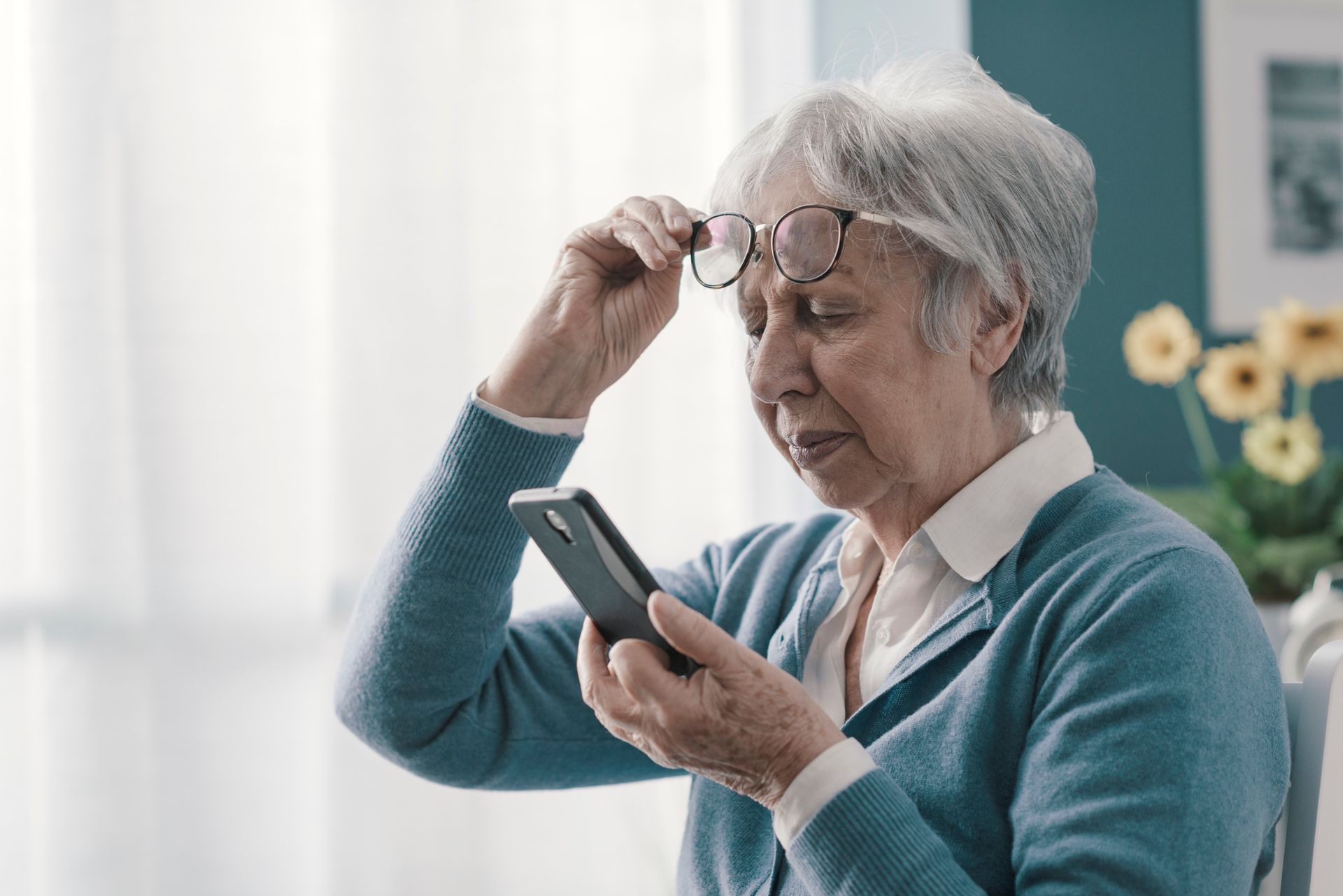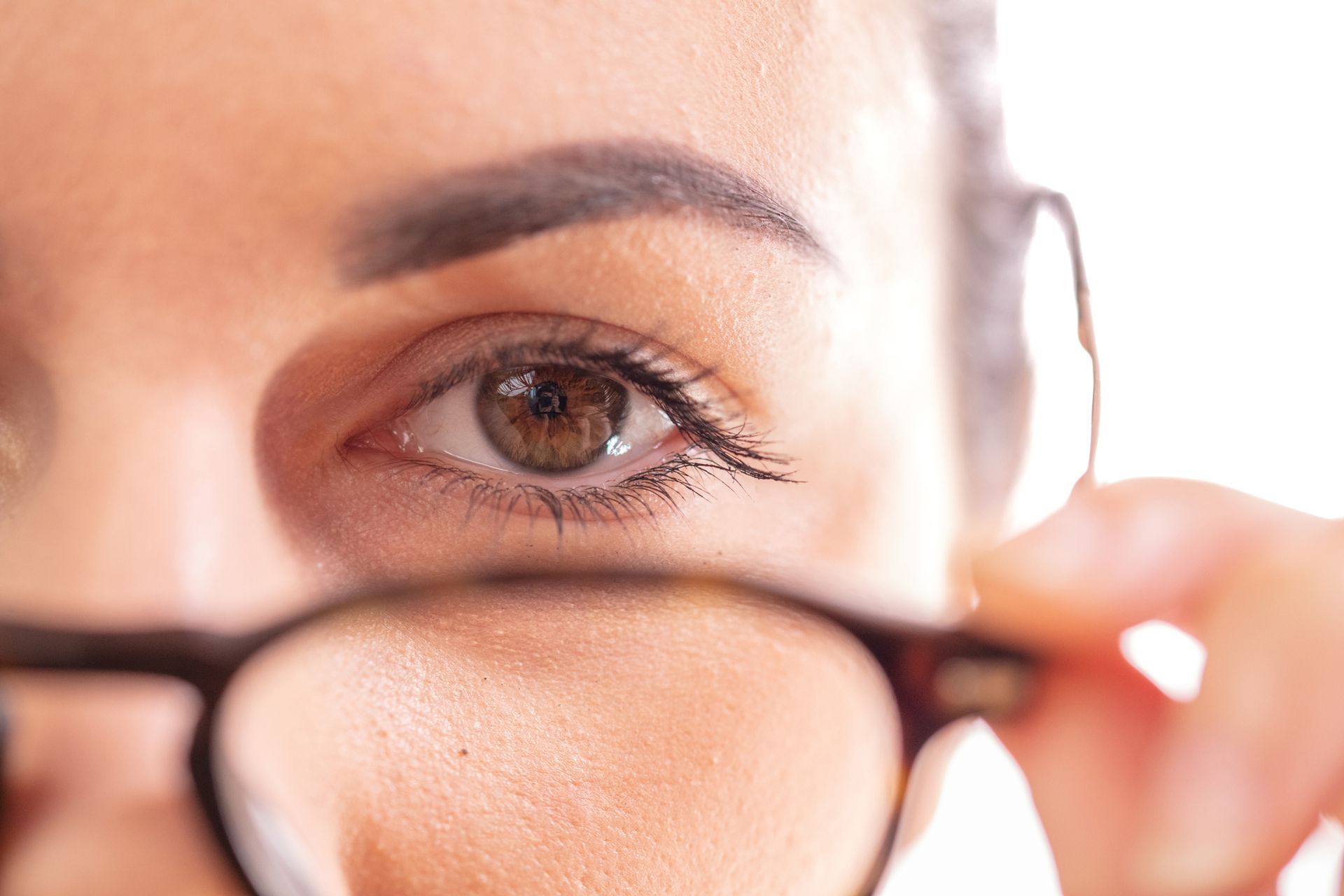Top Eye Exercises to Naturally Improve Your Vision | Pro Optical
Want to improve your vision or reduce eye strain? Exercise eye exercises can help. This article covers techniques to strengthen eye muscles, enhance focus, and reduce discomfort. Discover effective exercise eye techniques and tips for healthy eyesight.
Key Takeaways
- Eye exercises can strengthen eye muscles, improve focus, and reduce eye strain, although their effectiveness varies for different conditions.
- Vision therapy, supervised by eye care professionals, is an effective method for addressing specific vision problems, including lazy eye and double vision.
- Incorporating techniques like the 20-20-20 rule, palming, and regular eye exams can significantly improve eye comfort and maintain overall eye health.
Why Eye Exercises Matter
Eye exercises are more than simple movements; they are powerful tools for improving vision and relieving general eye discomfort.
These exercises aim to:
- Strengthen the eye muscles
- Improve focus
- Ease eye movements
- Stimulate the vision center of the brain
Over time, they can help reduce focusing issues and ease eyestrain, allowing for better overall vision performance.
For those constantly experiencing eye strain, headaches, or skipping lines while reading, eye exercises can be particularly beneficial. However, it’s essential to understand that while there are claims that eye exercises improve vision, scientific evidence supporting their effectiveness across all conditions is minimal. Some conditions, like myopia or astigmatism, may not benefit from these exercises, and those with major eye conditions such as cataracts or glaucoma generally do not see improvements through eye exercises alone.
It’s always advisable to consult with an eye doctor if you experience ongoing symptoms after trying these exercises. An eye doctor can provide a professional evaluation and recommend tailored exercises or other treatments to address your specific needs. Remember, the goal is to enhance your visual skills and comfort, optimizing your eyesight for better daily performance.
Understanding Vision Therapy
Vision therapy functions similarly to physical therapy. However, its focus is specifically on improving eye function. It’s a structured treatment program designed to address vision problems that impact visual functioning. The primary goal of vision therapy is to strengthen the eye muscles and retrain visual behavior, ultimately improving visual skills and comfort.
Vision therapy effectively addresses many vision problems, including eye alignment issues, focusing problems, lazy eye, and double vision. The symptoms of these problems, such as dizziness, headaches, and eye strain, can significantly impact daily activities, work, and school performance. Tailored exercises, like the Brock String, are commonly used in vision therapy to train the visual system through tracking, alignment, and focusing.
Supervision by a qualified eye doctor, optometrist, or ophthalmologist is essential for effective vision therapy. Professional guidance ensures exercises are performed correctly, leading to lasting improvements in visual skills and overall eye health.

Effective Eye Exercises to Try at Home
Performing eye exercises at home can be a convenient way to improve your vision and eye health. Before you start, it’s important to consult an eye doctor to get a proper eye exam and personalized recommendations. Once you have the green light, you can engage in various exercises that target different visual skills, enhance focus, and improve eye coordination.
Effective eye exercises you can try at home include focus shifting, the figure eight exercise, and pencil push-ups. Each of these exercises targets specific aspects of eye functionality, helping you maintain clarity of vision and reduce symptoms like double vision related to convergence insufficiency.
Here are the details of each exercise.
Focus Shifting
Focus shifting is a simple yet effective exercise designed to improve your ability to switch focus between near and far objects, enhancing your depth perception. To perform this exercise, hold your thumb about 10 inches away from your face for 15 seconds. Then, shift your gaze to something 20 feet away for another 15 seconds. Repeat this process several times while seated.
This exercise maintains clarity of vision while changing focus. It benefits those who spend long hours on screens or reading. Regular practice enhances eye-tracking abilities, keeping your eyes agile and responsive.
Figure Eight Exercise
The figure eight exercise involves tracing an imaginary figure eight with your eyes. Start by imagining a giant figure eight, about 10 feet before you. Move your eyes slowly along this shape, tracing it for 30 seconds.
This exercise helps enhance visual tracking abilities and promotes better eye coordination. This straightforward method keeps eye muscles flexible and responsive.
Pencil Push-Ups
Pencil push up are a classic exercise. They help train the eyes to converge when focusing on a nearby object. To perform pencil push up, hold a pencil at arm’s length and focus on the tip. Slowly move the pencil toward your nose, maintaining focus on the tip until it appears double, then move it away again. Repeat this exercise several times to strengthen your eye muscles and improve convergence.
This exercise is particularly beneficial for treating convergence insufficiency, a condition where the eyes have difficulty maintaining a single image when viewing nearby objects. By regularly practicing pencil push-ups, you can enhance your ability to focus on close objects and reduce symptoms like double vision.

Techniques to Reduce Eye Strain
In our digital age, reducing eye strain has become more important than ever. Prolonged screen time can lead to digital eyestrain, causing symptoms like dry eyes, blurred vision, and discomfort. Eye exercises can help alleviate these symptoms by promoting healthy eye movements and ensuring your eyes get the rest they need.
Two effective techniques to reduce eye strain are the 20-20-20 rule and palming. These simple practices can be incorporated into your daily routine to help maintain eye comfort and prevent the negative effects of prolonged screen use.
20-20-20 Rule
The 20-20-20 rule is a straightforward technique to relieve eye strain. It encourages you to take a break every 20 minutes by looking at something 20 feet away for 20 seconds.
Relaxing the eye muscles and reducing strain from prolonged close focus, this practice is essential for frequent digital device users.
Palming
Palming is an exercise that involves covering your eyes with your palms to reduce eye fatigue. To perform the palming exercise, rub your hands together to warm them up, then gently cover your eyes with your palms without pressing on them. Breathe deeply and relax for about five minutes.
This technique helps to hydrate and soothe dry eyes, providing a quick and effective way to alleviate eye strain. Adding palming to your daily routine significantly improves eye comfort, especially after extended screen use or close work.
Enhancing Eye Coordination
Eye coordination is crucial for tasks that require precise visual tracking and alignment, such as reading and sports. One effective exercise to enhance eye coordination is the Brock String exercise. This exercise involves a long string with multiple colored beads, which helps train the eyes to converge on a single point.
To perform the Brock String exercise, follow these steps:
- Tie loops on each end of the string and attach one end to a doorknob.
- Position three beads on the string at different distances.
- Focus on the central bead, ensuring that the strings appear as an X.
This exercise helps improve eye coordination and alignment, making it easier to maintain focus on moving objects or close work, enhancing your visual skill.
Seeing two beads and two strings during the exercise indicates that your eyes are not converging properly. With regular practice, you should see only one string, indicating that your eyes are correctly aligned. The Brock String exercise is a customizable part of vision therapy, tailored to meet the unique needs of each individual.
Addressing Specific Vision Problems
Some vision problems require targeted exercises to see significant improvements. Vision therapy can be particularly effective for conditions that do not respond well to glasses or contact lenses.
The following subsections cover exercises for lazy eye and double vision, two conditions that benefit significantly from vision therapy.
Lazy Eye (Amblyopia)
Lazy eye, or amblyopia, can often be corrected with the right exercises, especially when caught early.
Professional supervision is recommended to design effective exercises for treating lazy eye. Eye doctors can provide tailored exercises such as:
- pencil push-ups, which help train the eyes to focus on near objects
- patching the stronger eye to improve the weaker one
- using vision therapy techniques to enhance visual skills
These exercises can significantly improve vision when implemented correctly and consistently.
Activities like coloring within lines also strengthen the visual abilities of a child with lazy eye. Consistent practice and appropriate vision therapy show success in improving visual skills and overall vision for lazy eye.
Double Vision
Double vision can be a disorienting and challenging condition, but vision therapy offers hope. Exercises targeting eye muscle control can alleviate symptoms of double vision over time. One effective exercise is the barrel card, which trains the eyes to converge by focusing on circles at different distances.
To perform the barrel card exercise, start by focusing on the circles furthest away, then gradually shift your gaze to the middle circle, and finally to the closest circle. You should work up to 10 cycles of this exercise to see improvements.
Prism glasses can also help realign the images seen by each eye, providing immediate relief from double vision.

Tips for Maintaining Healthy Eyesight
Maintaining healthy eyesight goes beyond just performing exercises. Regular eye examinations are essential as they can identify issues before symptoms become apparent. Taking frequent breaks when using screens, following the 20-20-20 rule, and adjusting lighting can all help prevent discomfort and eye strain.
A diet rich in omega-3 fatty acids, lutein, zinc, and vitamins C and E supports overall eye health. Palming helps hydrate and soothe dry eyes for better comfort.
Lastly, wearing sunglasses that block 99% to 100% of UVA and UVB rays safeguards against harmful sunlight. By following these tips, you can ensure your eyes remain healthy and your vision sharp.
Summary
In summary, eye exercises and vision therapy offer a natural, effective way to improve your vision and maintain eye health. From focus shifting and figure-eight exercises to pencil push-ups and the Brock String, incorporating these practices into your daily routine can lead to significant improvements in visual skills and comfort.
Remember, regular eye examinations and a healthy lifestyle are equally important in maintaining good eyesight. Take proactive steps to care for your eyes, and you’ll enjoy the benefits of sharp, clear vision for years to come. Stay committed to your eye health journey, and let your eyes see the world in the best possible light.
Frequently Asked Questions
Can eye exercises improve my vision?
Eye exercises can improve vision and relieve discomfort for certain conditions, but their effectiveness varies by individual circumstances and specific vision issues.
How often should I do eye exercises?
For optimal results, aim to do eye exercises daily or several times a week, while also consulting with an eye doctor for personalized advice.
What should I do if I experience eye strain?
To alleviate eye strain, apply the 20-20-20 rule, take regular screen breaks, and ensure proper lighting. These practices can effectively reduce discomfort and improve your eye health.
Are there any risks associated with eye exercises?
Eye exercises are generally safe when performed correctly, but if you experience discomfort or worsening symptoms, it is crucial to consult an eye doctor.
Can vision therapy help with lazy eye?
Yes, vision therapy can effectively treat lazy eye, particularly when initiated early, through targeted exercises that enhance visual skills and coordination. It can lead to substantial improvements in vision.
All Rights Reserved | Pro Optical











